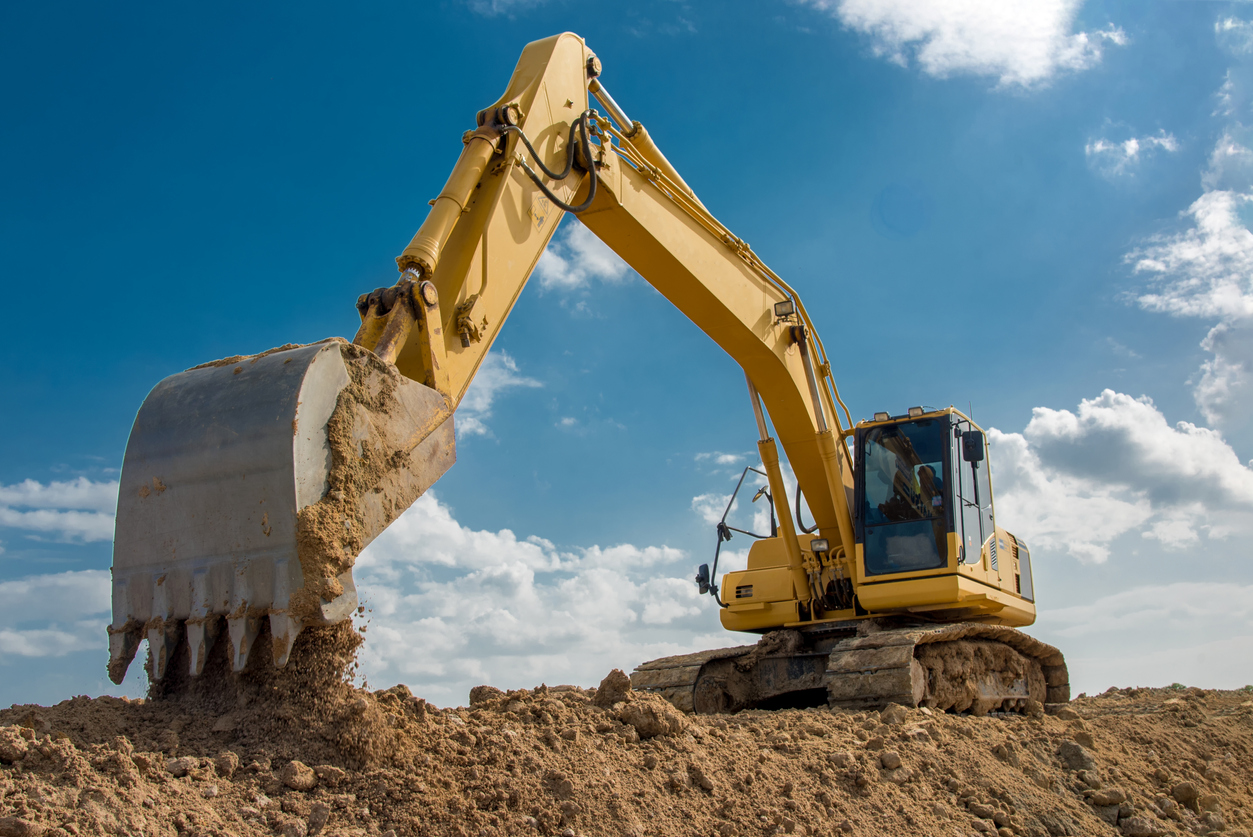Forklift Rental Providers for Industrial and Commercial Use
Wiki Article
Renting Vs. Acquiring Building Tools: Making the Right Selection for Your Project
When embarking on a building task, among the vital decisions that forecast stakeholders and supervisors face is whether to get or lease building and construction devices. Both alternatives have their drawbacks and advantages, making the option an essential one in the task preparation procedure. The decision hinges on different elements such as price considerations, job duration, equipment maintenance, risk, scalability, and versatility monitoring. Each aspect plays a vital function in determining the most ideal path for the task's devices requirements. dozer rental. Let's explore these variables better to recognize exactly how they influence the decision-making process and inevitably the success of the job.Price Considerations
When examining the economic element of leasing versus purchasing building and construction equipment, the long-term expenditures and in advance expenses have to be carefully considered. Renting out devices commonly requires lower initial payments compared to purchasing, making it an appealing option for temporary tasks or service providers with spending plan restrictions. Leasing eliminates the requirement for huge funding outlays and reduces the economic risk related to tools ownership, such as upkeep and devaluation costs. However, in the long run, continually leasing equipment can build up higher costs than buying, particularly for prolonged projects.On the various other hand, purchasing construction equipment includes higher ahead of time prices yet can result in long-lasting cost savings, especially for long-term tasks or constant users. Owning devices supplies flexibility, benefit, and the capacity for resale value once the project is finished. Furthermore, possessing equipment permits for personalization and experience with certain machinery, possibly increasing performance and efficiency on-site. Ultimately, the decision in between renting and getting building and construction devices rests on the job's period, regularity of use, spending plan factors to consider, and long-term monetary objectives.
Job Period

On the other hand, for long-lasting projects or ongoing construction work, acquiring tools might be the more cost-effective option. Buying devices can bring about cost savings in the lengthy run, particularly if the equipment will be often utilized. Additionally, possessing tools offers a feeling of control over its schedule and permits modification to fit particular task needs.

Devices Maintenance
Given the critical role task duration plays in determining one of the most economical approach between getting and renting building tools, the focus currently shifts in the direction of taking a look at the essential element of devices upkeep. Proper upkeep is essential for making sure the optimum performance and durability of building devices. Leasing devices commonly features the benefit of having well-kept equipment offered by the rental business. This can relieve the worry of upkeep jobs from the job proprietor or professional, saving time and effort. On the other hand, owning equipment requires an aggressive approach to maintenance to stop malfunctions, make sure safety, and expand the equipment's lifespan. Normal evaluations, servicing, and prompt repair services are needed to keep owned and operated devices in leading working condition. Variable in maintenance costs when determining between buying and renting out, as ignoring upkeep can result in costly repairs, downtime, and job hold-ups. Eventually, a well-kept building and construction equipment fleet, whether leased or had, is essential for the effective and efficient conclusion of construction jobs.Versatility and Scalability
In the realm of construction devices administration, the element of versatility and scalability holds significant significance for job effectiveness and resource use. Deciding to lease building equipment supplies a high level of adaptability as it check this site out permits for the quick change of equipment types and amounts based on the advancing needs of a project.In addition, scalability, another important factor, is inherently connected to adaptability. Leasing building tools uses the benefit of easily scaling procedures up or down as project demands change. Professionals can rapidly add or exchange tools to match the task's changing requirements without the constraints of having possessions that may end up being underutilized or obsolete. This capability to scale resources effectively can cause price savings and improved job timelines, making renting out a favorable alternative for jobs calling for flexibility and receptive resource allotment.
Threat Management
Effective danger administration in building and construction tools operations is paramount to making certain task success and mitigating prospective monetary losses. Construction jobs inherently involve various risks, such as tools failures, mishaps, and task delays, which can substantially affect the job timeline and spending plan. By thoroughly considering the threats connected with owning or renting building and construction equipment, project supervisors can make enlightened decisions to lessen these prospective risks.Renting building devices can provide a degree of danger reduction by transferring the obligation of repair and maintenance to the rental company. This can minimize the financial burden on the job look at here owner in instance of unanticipated tools failings (mini excavator rental). Furthermore, renting offers the adaptability to gain access to specialized tools for particular task phases, reducing the threat of possessing underutilized equipment
On the other hand, possessing building and construction tools offers a feeling of control over its usage and maintenance. Nevertheless, this also suggests birthing the full obligation for repairs, maintenance prices, and devaluation, boosting click here now the economic threats related to equipment ownership. Cautious threat assessment and consideration of factors such as project duration, equipment use, and upkeep requirements are critical in figuring out one of the most ideal alternative for effective risk administration in building projects.
Conclusion
To conclude, when deciding between purchasing and leasing building equipment, it is essential to think about cost, task period, devices upkeep, versatility, scalability, and threat administration. Each factor plays an essential duty in identifying one of the most suitable option for the task handy. By very carefully reviewing these elements, job supervisors can make an educated choice that lines up with their budget plan, timeline, and overall project objectives.
Report this wiki page